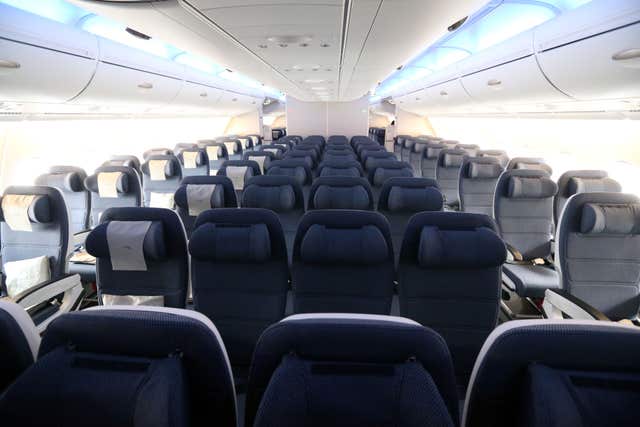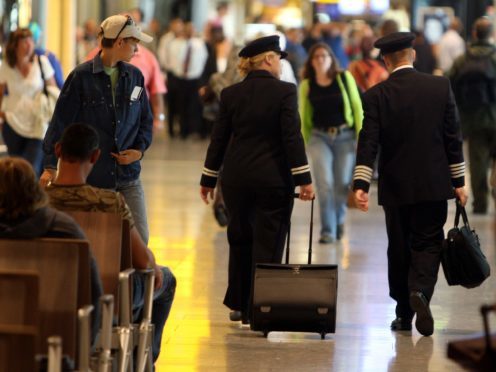Flight attendants are more likely to develop several forms of cancer than the average person, a landmark study of more than 5,000 members of cabin crew has found.
Accounting for age, scientists discovered a higher prevalence in flight crew of every cancer outcome examined in the study, compared with the general population.
This includes breast (3.4% of flight crew compared with 2.3% in the general population), uterine (0.15% compared with 0.13%), cervical (1.0% compared with 0.70%), gastrointestinal (0.47% compared with 0.27%), and thyroid (0.67% compared with 0.56%) cancers.
Scientists said the findings, including the first results into an elevated rate of non-melanoma skin cancer, are particularly worrying considering the relative good health of the flight attendants included in the sample.
Dr Irina Mordukhovich, corresponding author of the study at the Harvard TH Chan School of Public Health, appearing in the Environmental Health journal, said: “Our study is among the largest and most comprehensive studies of cancer among cabin crew to date and we profiled a wide range of cancers.
“Consistent with previous studies, we report a higher lifetime prevalence of breast, melanoma and non-melanoma skin cancers among flight crew relative to the general population.
“This is striking given the low rates of overweight and smoking in this occupational group.”

Flight attendants are consistently exposed to several known and probable carcinogens in the cabin environment, which include altitude-based radiation, disruption to the body clock through irregular and anti-social shift patterns, and poor air quality inside the cabin.
Many flight attendants were also exposed to high levels of secondhand tobacco smoke before in-flight smoking bans were implemented.
The authors found an association between each five-year increase in time spent working as a flight attendant and non-melanoma skin cancer among women.
Job tenure did not appear to be associated with breast cancer, thyroid cancer, or melanoma in all women, but it was associated with higher risk of breast cancer in women who never had children and women who had three or more children, researchers said.
Any current or former US flight attendant was eligible to participate in the study, with the vast majority (91%) currently employed in a cabin crew role.
The study of 5,366 attendants working on domestic and international flights in the States did not examine the health impact of frequent flying among airline passengers.
Authors said the findings suggested additional efforts should be made to minimise the risk of cancer among flight attendants, including monitoring radiation dose and organising schedules.
